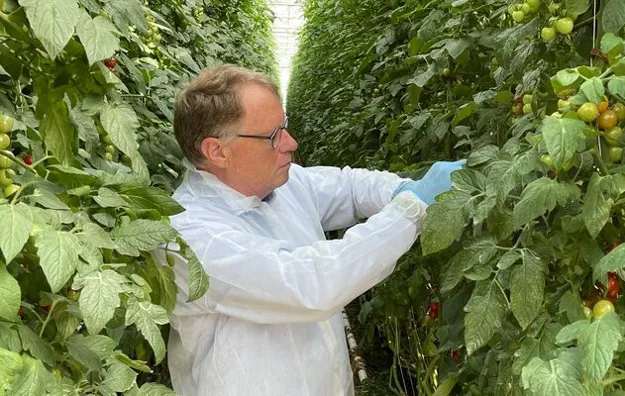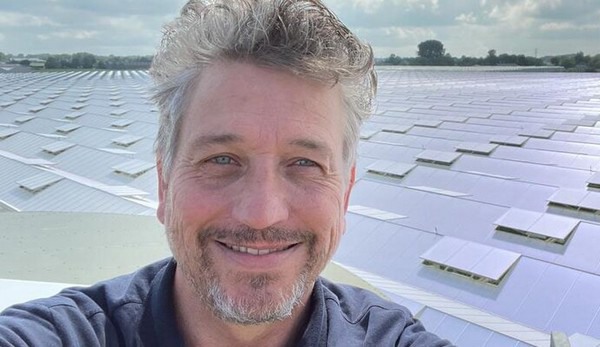Consultants Jelle Hoogland and Paul van Gils provide tips for the rational and efficient use of coatings. “A key question is, under what conditions does the plant suffer most? This is when you need to intervene,” says Hoogland. Paul van Gils looks back on past seasons: “We have learned a great deal during this time. You can no longer react ad-hoc to the weather. It is far more rational to plan when to apply your coatings in advance.”
Balanced crop
Climate change and the weather’s increased changeability make greenhouse cultivation more complicated. In the past, you tried to capture as much light as possible in the spring to enable the crop to develop fast. However, nowadays, there can be days early in the year that are so hot that the crop receives a blow whose effect lingers on for a long time.

“Plants rather benefit from calm and balance. Changeability consumes energy. This supports the argument that you should start applying coatings somewhat sooner than in the past. Furthermore, to plan for this in advance so that you can do it at exactly the right time,” says Van Gils.
Light plan
Working based on a light plan for the entire year is a must in this respect. To develop this plan, it is important to have insight into the maximum light level at which the crop still grows well.
Van Gils: “In addition, you must be able to accept that when you apply coatings early in the season, you will have a few days with less light. Theoretically speaking, that goes at the expense of production. But the balance within the crop compensates for this. This is because coatings make it possible to adhere to the principles of The New Cultivation Approach or Plant Empowerment. In other words, the key focus is on creating balance.
When a coating has been applied to the greenhouse cover, you can keep the vent windows closed more often in order to keep CO2 inside and humidity up to par. This enables you to better control the balance between temperature, CO2, and humidity, resulting in increased production. This amply offsets a few days of less light in spring.”

More light = more energy
Excessive light and heat in the summer force everyone to intervene. For a long time, there was no need for coatings for the rest of the year. But you can also better control natural light during that period. In this respect, it is good to think in terms of energy, says Hoogland. “More light in the greenhouse means extra energy. This causes the plants to become active faster; you are starting the engine sooner. Furthermore, this saves on heating costs,” he says.
A very simple way of getting more light into the greenhouse is to clean it more often. “When you look up, and you notice that the greenhouse cover is a little dirty, you are already losing 5% or more light. That has a major cascading effect. You can solve that problem at a very low cost. Timely cleaning – the outside, as well as the inside – also is part of the annual light plan.”
For more information: ReduSystems
ReduSystems
+31(0)13 507 53 99
[email protected]
www.redusystems.com
